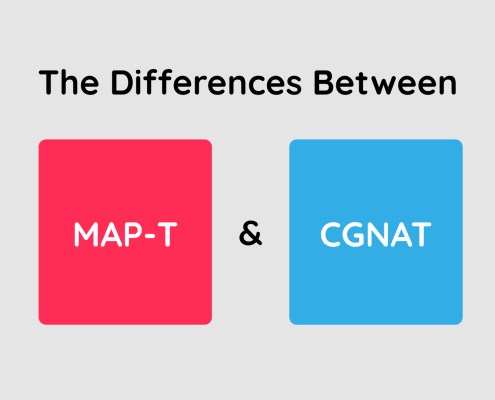
What is RPKI? Resource Public Key Infrastructure
IPv4 Blog, Knowledge HubRPKI (Resource Public Key Infrastructure) protects Internet routing by validating BGP announcements with cryptographic certificates.

MAP-T vs. CGNAT: IPv4 Address Translation
IPv4 Blog, Knowledge HubMAP-T and CGNAT help manage IPv4 exhaustion; Brander Group ensures seamless transition and network optimization.

TLS: Transport Layer Security Explained
IPv4 Blog, Knowledge HubTLS encrypts data between servers, browsers, and applications, ensuring secure internet communications through a cryptographic protocol

Understanding the Barracuda Reputation Block List (BRBL)
IPv4 Blog, Knowledge HubDiscover how the Barracuda Reputation Block List (BRBL) can impact your email deliverability and reputation. Find out how to get off the list.
 2024
2024Spamhaus Don’t Route Or Peer Lists Help Stop IP Hijacking
IPv4 Blog, Knowledge HubWhat are Spamhaus DROP lists? A tool for blocking hazardous IP traffic and protecting against spam, cyber-crime, and malicious activities.

IPv4 Blocks – Everything You Need to Know
Knowledge HubIPv4 blocks are essential to understanding how the web works and why we’re seeing shifts in networking technology
 2024
2024What is the Difference Between IPv4 Blacklist & IPv4 Blocklist?
IPv4 Blog, Knowledge HubWhat is the difference between a blacklist and a blocklist in cybersecurity? Dive into the terminology and understand the distinctions.

How to Configure DNS for Internet Service Providers (ISPs)
IPv4 Blog, Knowledge HubSetting up DNS (Domain Name System) properly for Internet Service Providers (ISPs) requires configuring DNS servers and network infrastructure to ensure reliable & efficient domain name resolution for your end user subscribers.
 2024
2024Thinking of Migrating to IPv6 from IPv4 Addresses?
IPv4 Blog, Knowledge HubWhile both are viable options for enterprise networks, There are good reasons to migrate from IPv4 to IPv6; the current standard IP protocol.

What is OpenFlow? A Guide to Software-Defined Networking
IPv4 Blog, Knowledge HubOpenFlow enables centralized network control by separating data and control planes, foundational for modern software-defined networking.